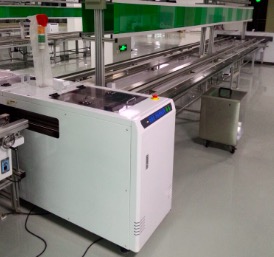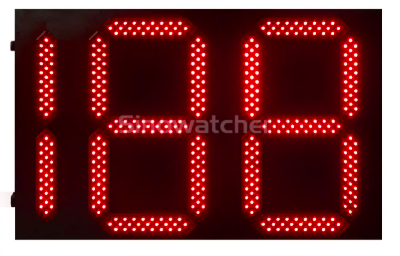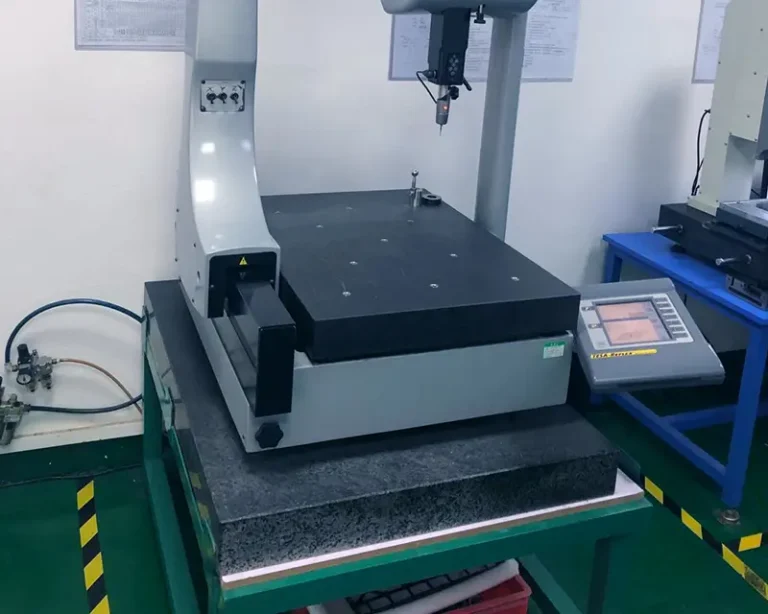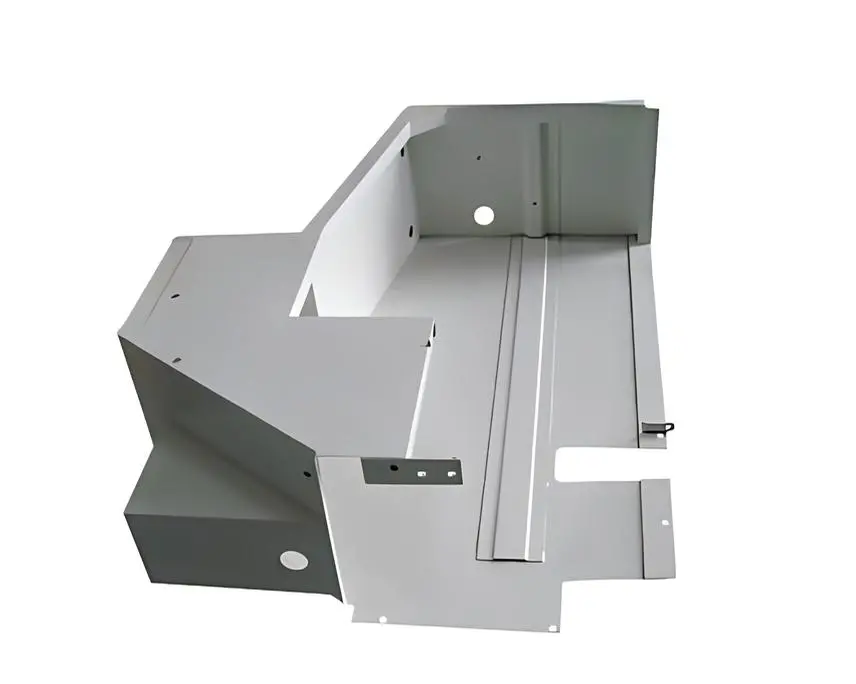目录
Overview of Traffic Signal Timer
A traffic signal timer is a crucial device used in modern traffic management systems to optimize the flow of vehicles and pedestrians at intersections. By displaying a countdown to indicate when traffic lights will change, these timers enhance predictability, reduce confusion, and improve overall road safety. They are widely used in urban and suburban areas to facilitate smoother traffic movement.

How Traffic Signal Timer Works
The traffic signal timer functions by synchronizing with traffic lights to provide real-time countdown information. The system consists of LED displays, control units, and sensors that accurately measure the duration of red, yellow, and green signals. The timer receives data from traffic control systems and adjusts the countdown accordingly. Some advanced timers are integrated with adaptive traffic management systems, allowing them to modify signal durations based on real-time traffic conditions.
Applications of Traffic Signal Timer
- Urban Road Intersections – One of the most common applications of a traffic signal timer is at busy city intersections. These timers help regulate traffic flow by informing drivers and pedestrians of the time remaining before a light change. This is particularly useful in high-density areas where traffic congestion is a persistent issue. By reducing uncertainty, traffic signal timers minimize instances of vehicles abruptly stopping or accelerating, which in turn lowers the risk of accidents.
- Highway Entrances and Exits – On highways, traffic signal timers are often used at entrance ramps and exit points to regulate vehicle merging. In high-traffic conditions, vehicles entering a highway need a predictable flow to avoid sudden stops or dangerous lane changes. Countdown timers help drivers adjust their speed accordingly, leading to smoother integration into fast-moving traffic.
- Smart Traffic Systems – In advanced intelligent transportation systems (ITS), traffic signal timers are integrated with real-time traffic monitoring tools. These systems use sensors and AI-driven algorithms to adjust signal timings dynamically based on traffic density.
Advantages of Traffic Signal Timer
Improved Traffic Flow – By providing clear countdown indicators, traffic signal timers help drivers make better decisions, reducing hesitation and unnecessary braking. This leads to smoother traffic movement, especially in areas with heavy congestion.
Enhanced Road Safety – A key benefit of traffic signal timers is their contribution to accident prevention. Sudden stops and unpredictable traffic light changes are major causes of road collisions. By offering a clear countdown, timers reduce last-minute braking, decreasing the risk of rear-end crashes.
Energy Efficiency – Traffic congestion leads to increased fuel consumption and higher carbon emissions. When vehicles are frequently stopping and starting, they consume more fuel and produce more pollutants.
Pedestrian Safety – For pedestrians, traffic signal timers play a vital role in ensuring safe crossings. In busy urban environments, crossing a road without knowing the exact time remaining can be dangerous, especially for elderly individuals or those with mobility impairments. Countdown timers help pedestrians gauge whether they have enough time to cross safely or if they should wait for the next signal cycle.
Future Trends in Traffic Signal Timer Technology
With advancements in artificial intelligence and the Internet of Things (IoT), traffic signal timer technology is evolving rapidly. AI-powered traffic control systems can dynamically adjust timers based on real-time traffic density, reducing congestion more effectively. Additionally, the integration of 5G networks enables faster communication between traffic management centers and signal timers. Sustainable energy solutions, such as solar-powered timers, are also being developed to support eco-friendly transportation initiatives.
0







